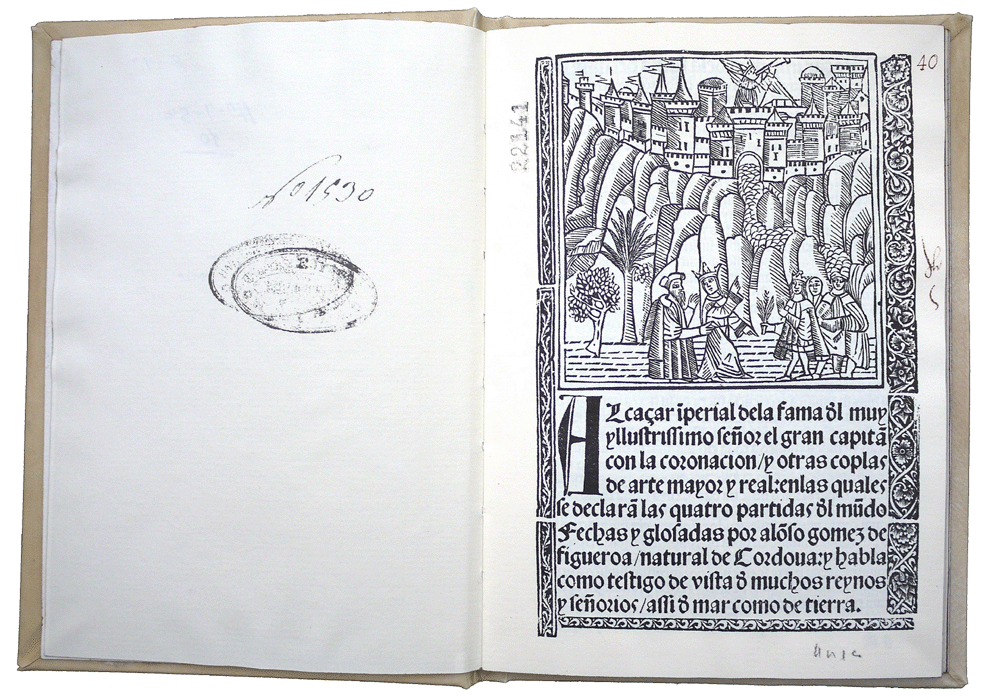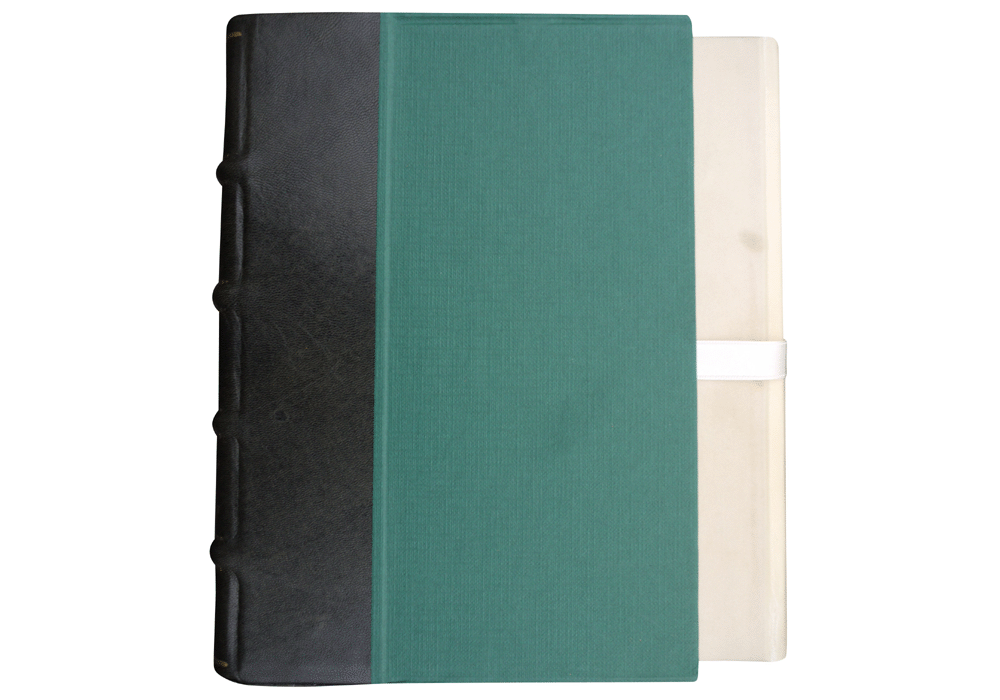|
|
|
| Seguir @vicentgarciaedi Twittear |
|
vgesa |

|
|
|
Synopsis: From the author know the fact that he was encouraged to leave us in his own work: that was from Córdoba, to which he devotes an enthusiastic poem: Here the author puts the praise of his land: “Oh source where born: all sciencia | oh flower of cities: the world crown | oh Córdoba mother...” If we trust that we will believe his words travelled throughout the known world in his time. Anyway what is certain is that he made a trip to the Holy Land, whose story partly in verse, included in the Alcaçar imperial has received special attention from students of travel writing. He has also admitted his status as a chronicler and his special relationship with the House of Aguilar and therefore with the city of Valencia (hence perhaps the impression of the work in this city), which devotes a significant amount of verses against those engaged elsewhere when returning account: “vi tortosa en excelencia | vi moruedre y a valencia | ques vna gentil madona | es vna rica corona | es muy noble e virtuosa…” (saw Tortosa in excellence | saw moruedre and valencia | gentle madona | is rich crown | is very noble and virtuous...). This work allows us to check the author's real culture, as we discover his readings from ancient authors that deal particularly with natural science and cosmology, the Bible and of the Holy Father, and shows a good understanding of news and geographical and historical data related to travel of his time. Surely, he knew Latin and presumably also Greek. He shows a good knowledge of the history of different places. Written in prose and verse (couplets and quatrains high art of eight lines), in one or two columns, the content of the work is as follows: the dedication to the Great Captain, Alcaçar text, the text of the coronation, the text of the Declaration of the four fractions of the world, questioning the Pope and Christian kings, then the Declaration, a carol, the aforementioned poem in praise of Córdoba, and finally Philosopher verses. To note the presence on the title page of an allegorical stamp which depicts a king and a queen talking with some companions, in the gardens of the rock castle the Alcaçar de la fama of the Great Captain, on which appears the Victoria, crowned and winged, strumming a trunk, all before the title, closed the set by woodcut pieces on the sides and at the bottom. Pedro Tena Tena in his “Estudio de un desconocido relato de viaje a Tierra Santa” (Study of a travelogue unknown to the Holy Land) (Dicenda, 9 (1990), p. 187-203) aptly summarizes: “The little book begins with a prologue that serves to stimulate attention and encouragement to prepare the need to liberate the Holy Land. In this introduction, through an initial ‘Remember’, we can understand at first two receivers: One, collective and anonymous, set by the various readers and listeners, another recognized, the Great Captain. Earlier, in the aforementioned ‘questioning the Pope and Christian kings’, we see the same verb ‘agree’, along with other semantically similar, be used to refer to the pontiff and the various monarchs with the same goal of crusade. Therefore, we may assume that the verb in the preamble introducer, also serve to address some anonymous readers and listeners and Gonzalo Fernández de Cordoba, also continues alluding to that Holy Father and the same sovereign, this time as a target implicit”. After this beginning, the author, using the procedure in medias res, the relationship begins its journey from Palestine itself. It can distinguish two distinct parts:
|
IBIC Rating: |
||
|
AC History of art / art & design styles |
1D Europe
|
|
















